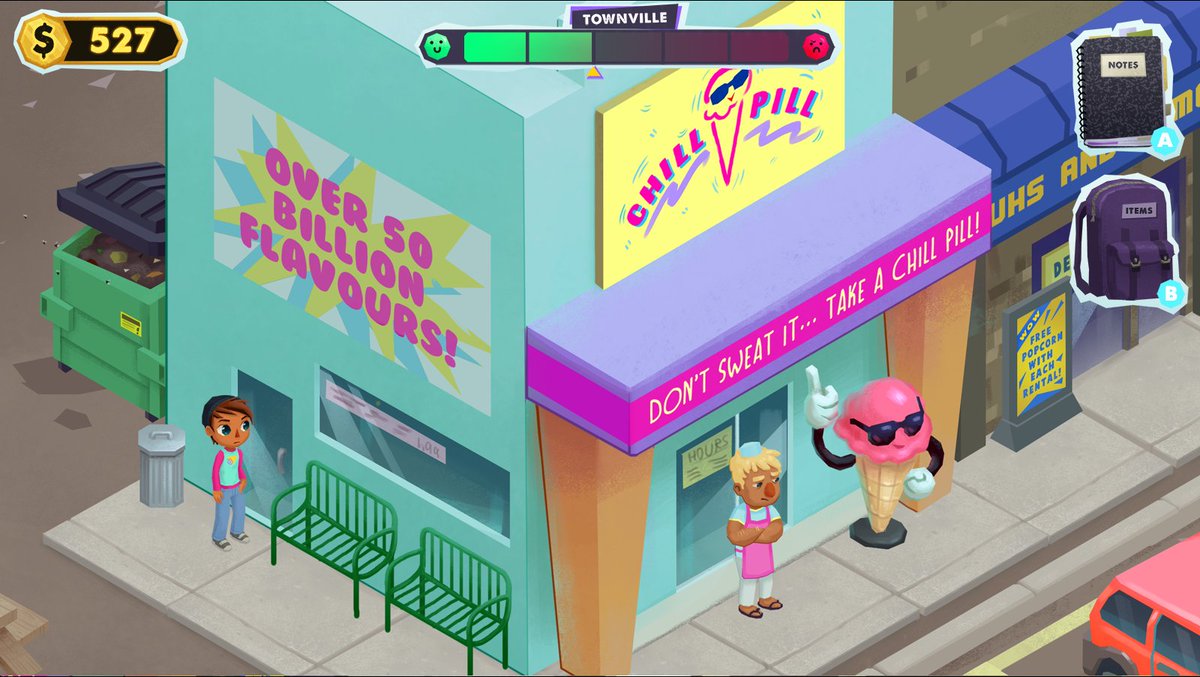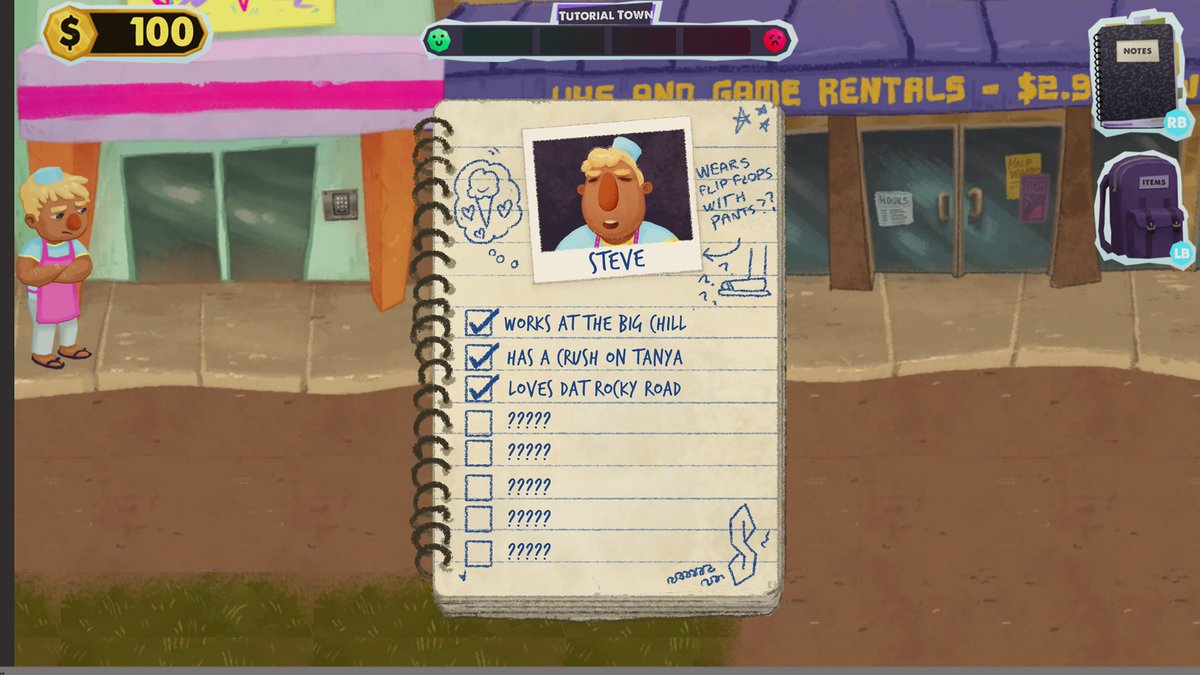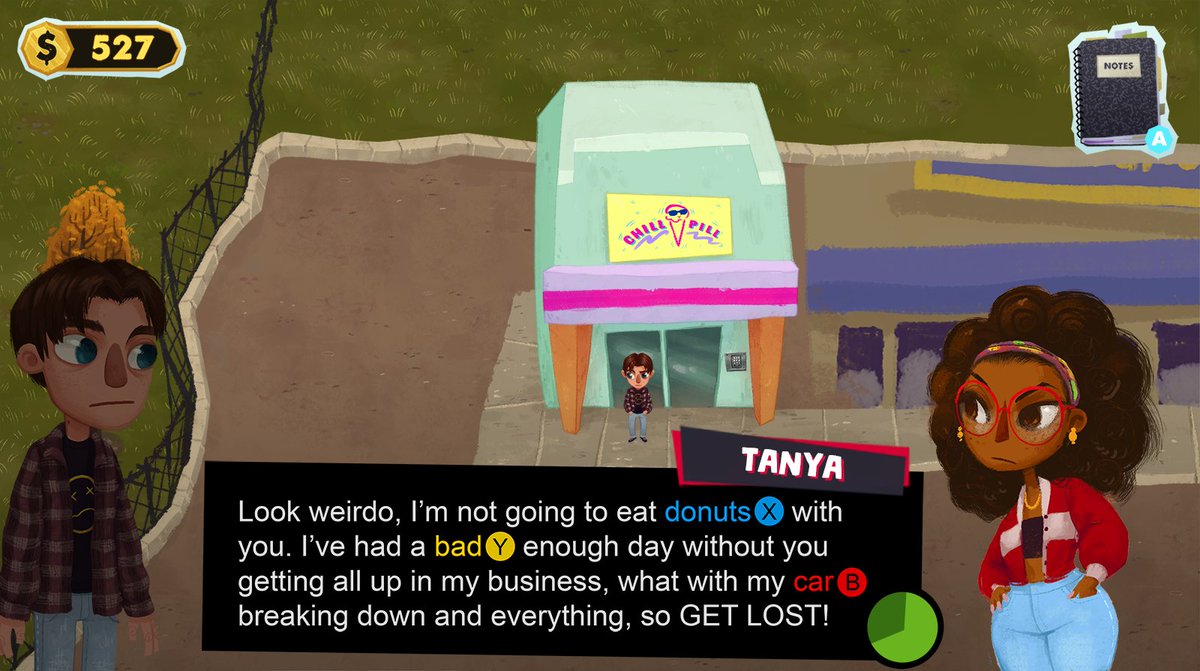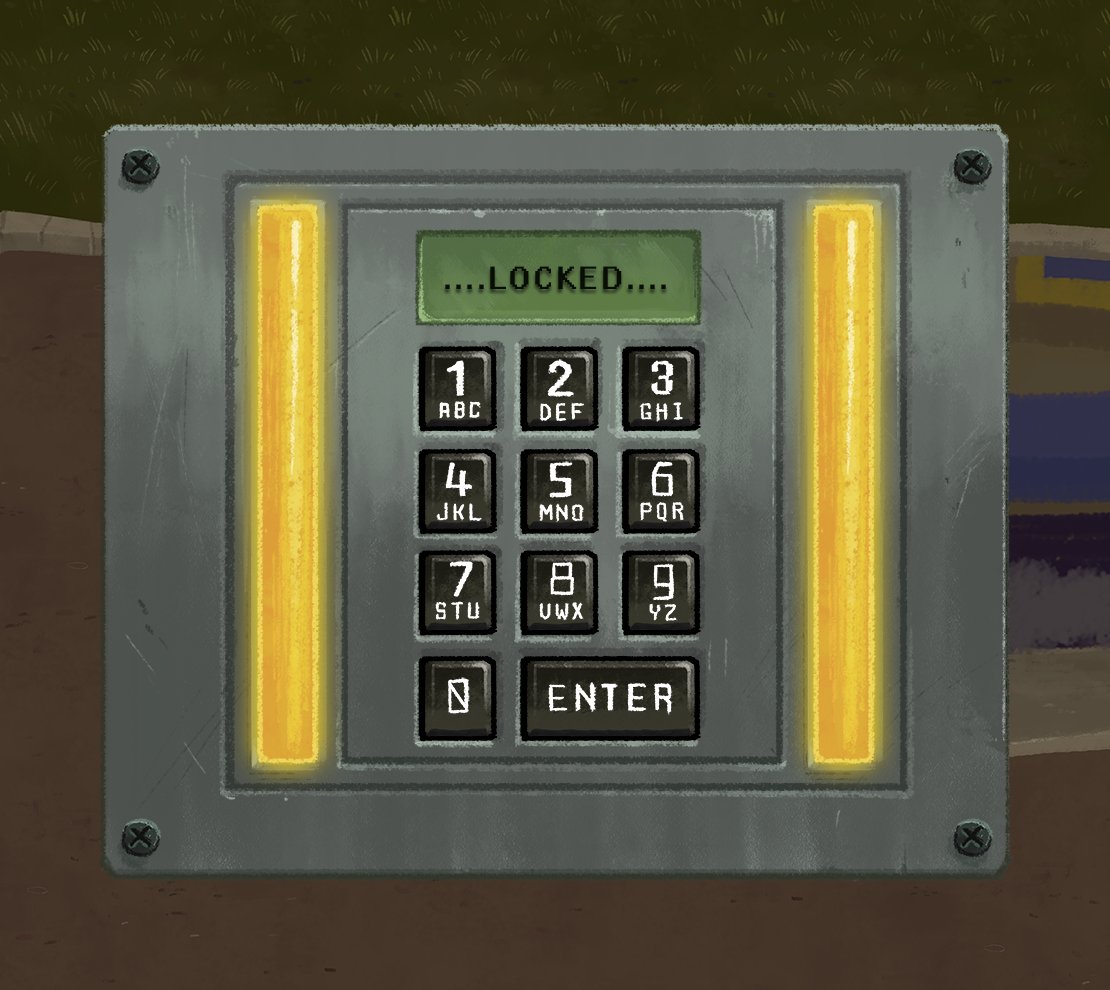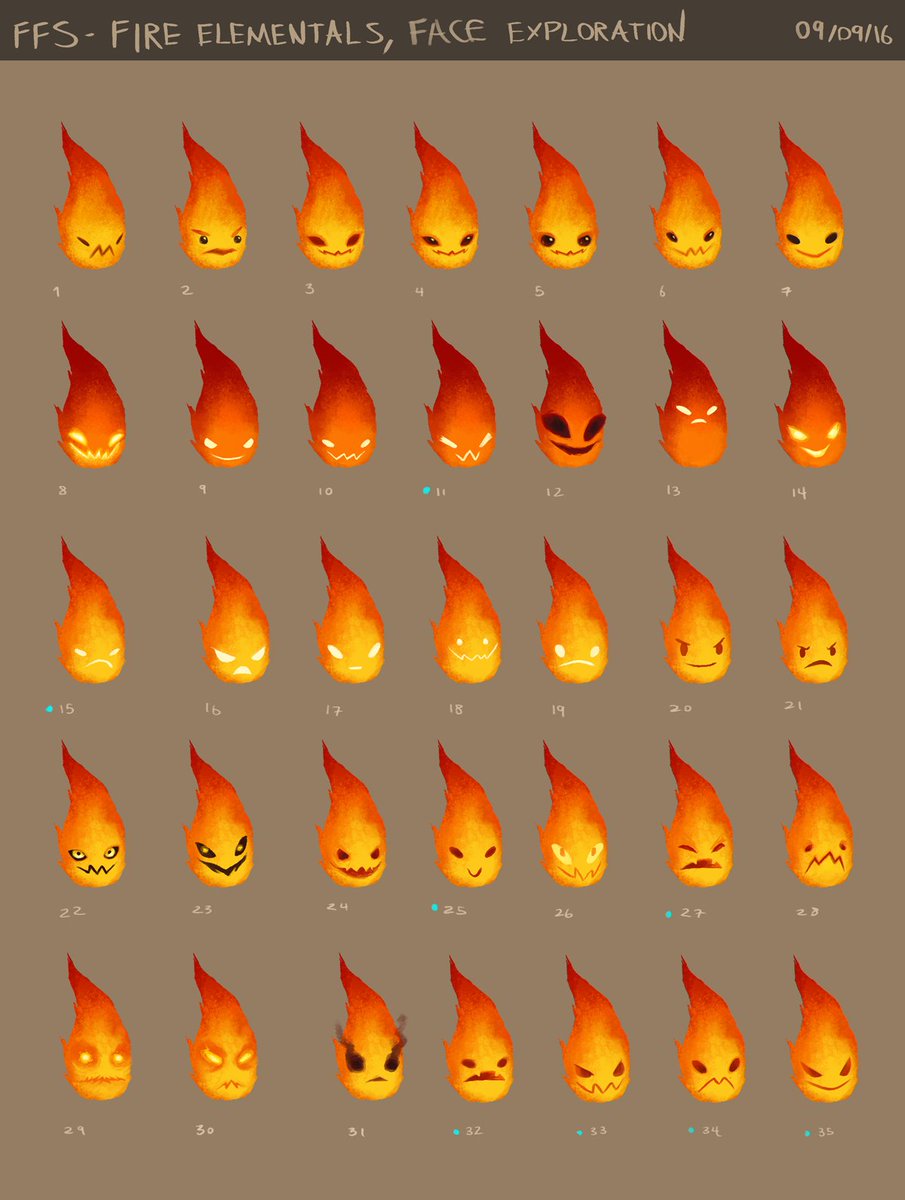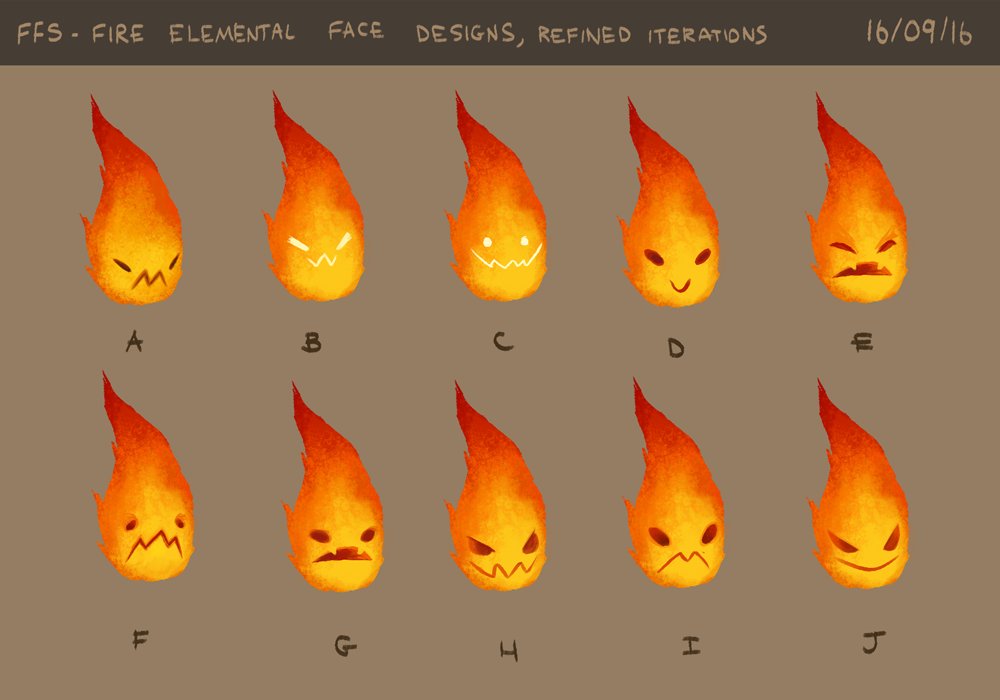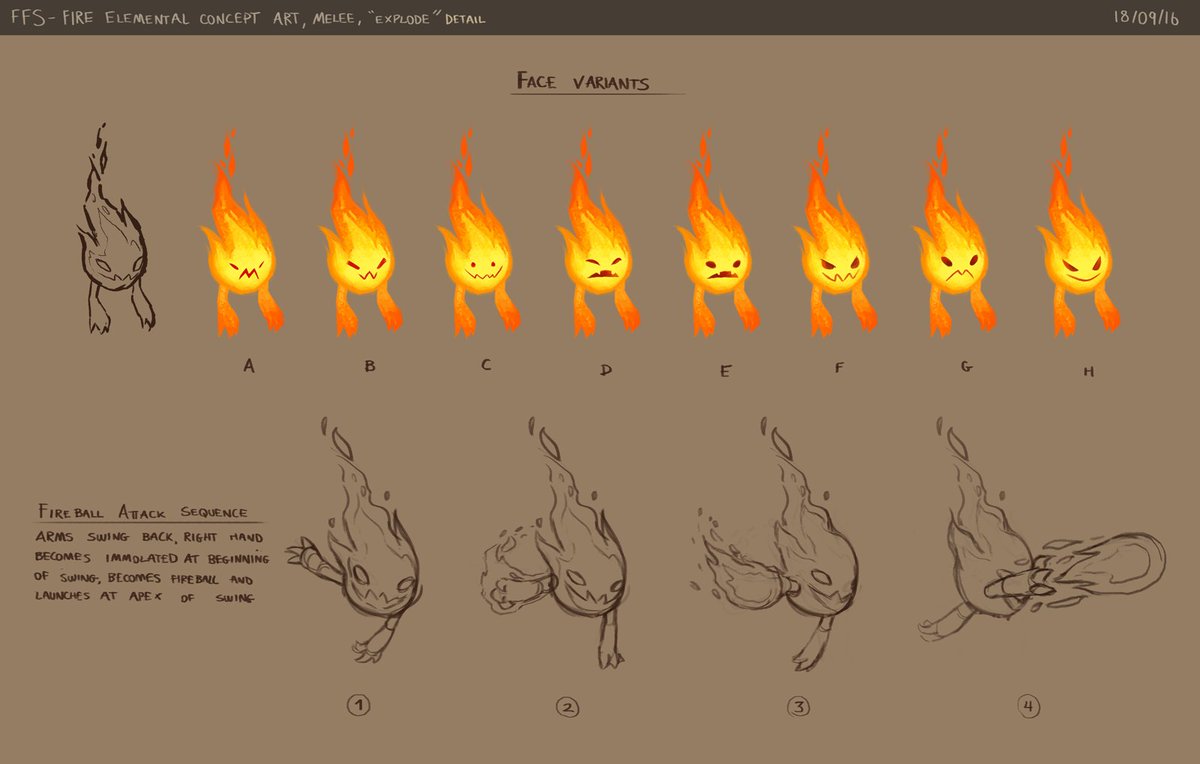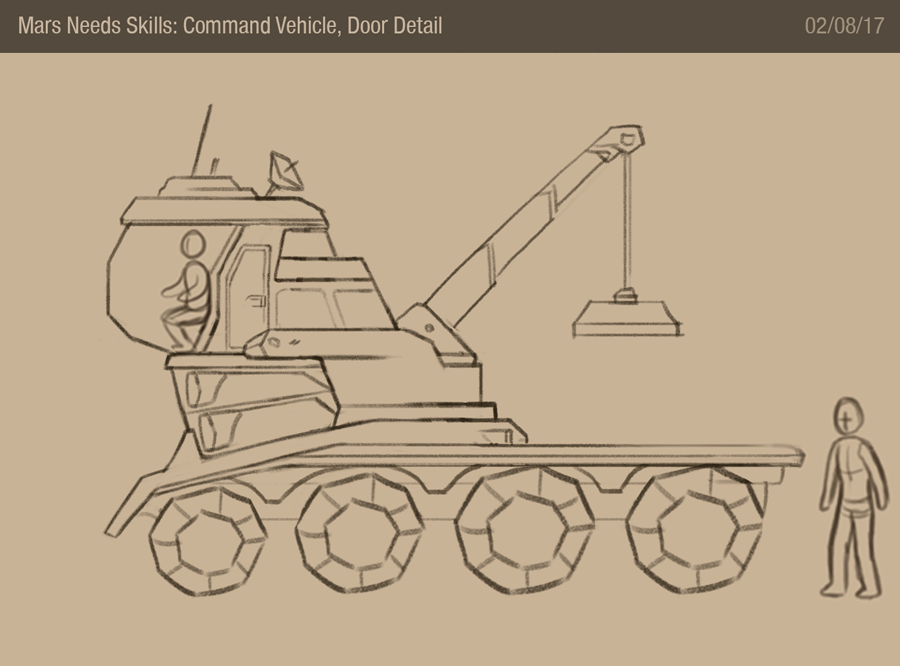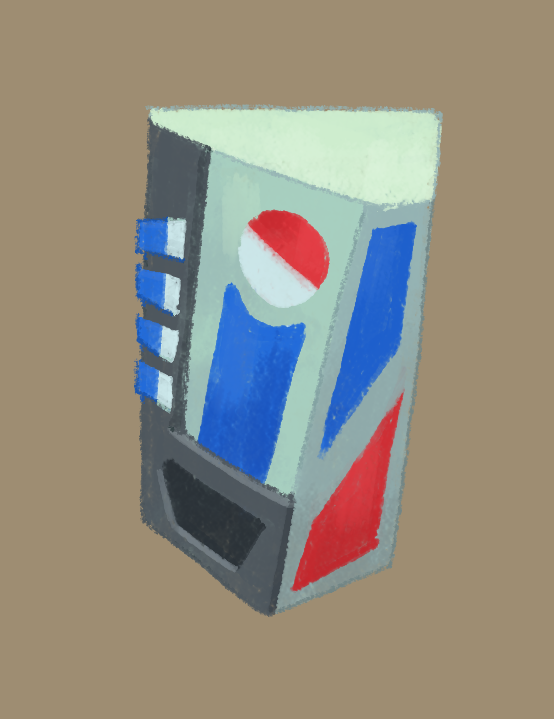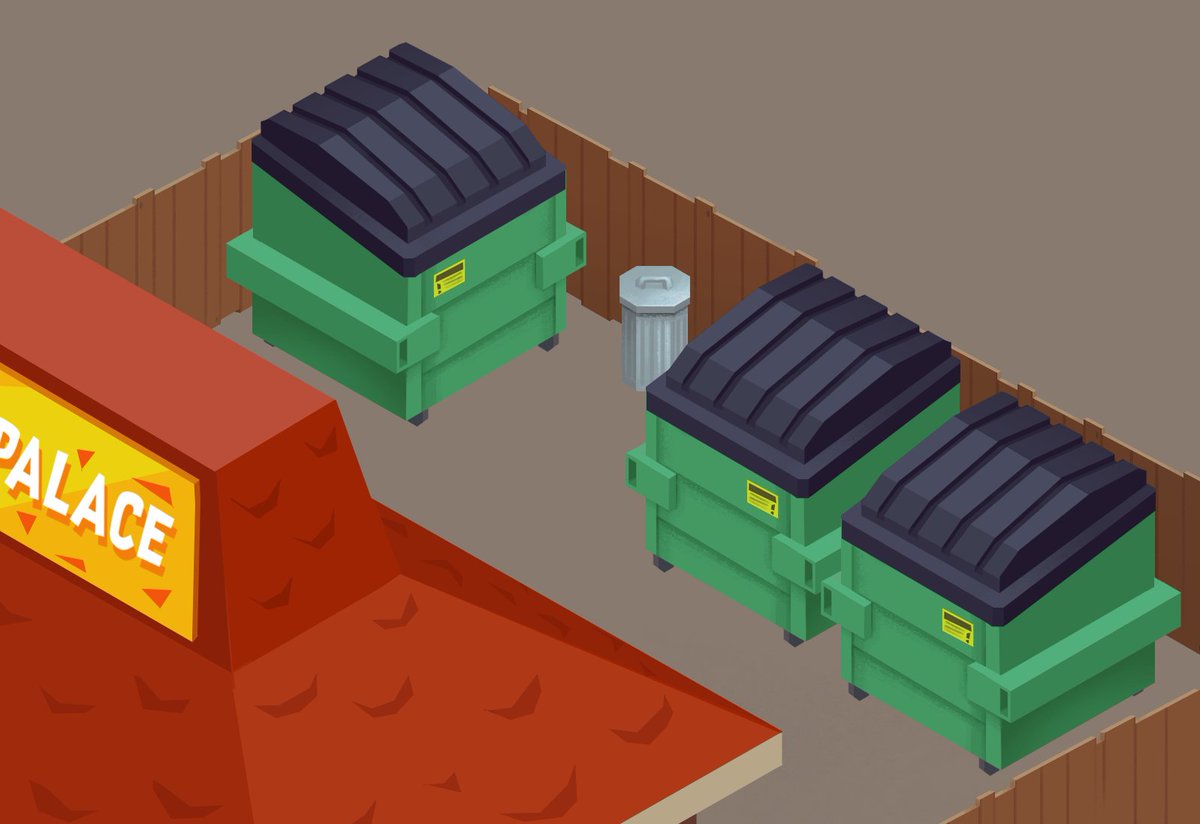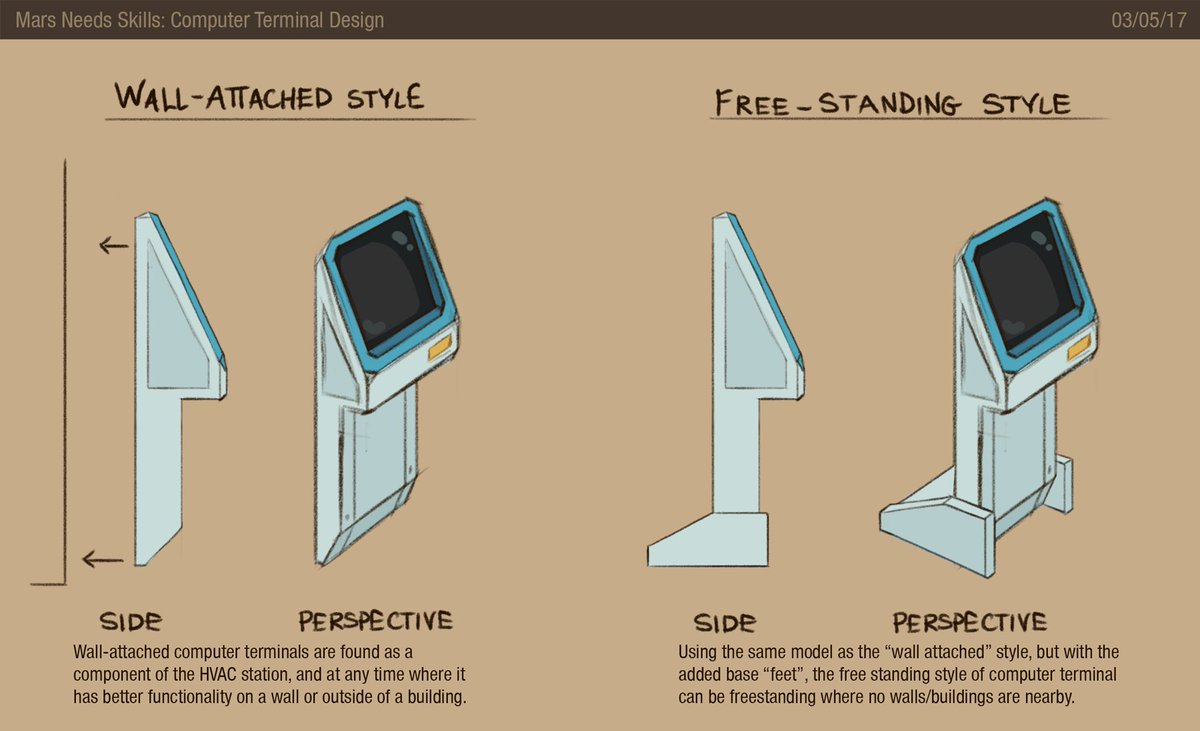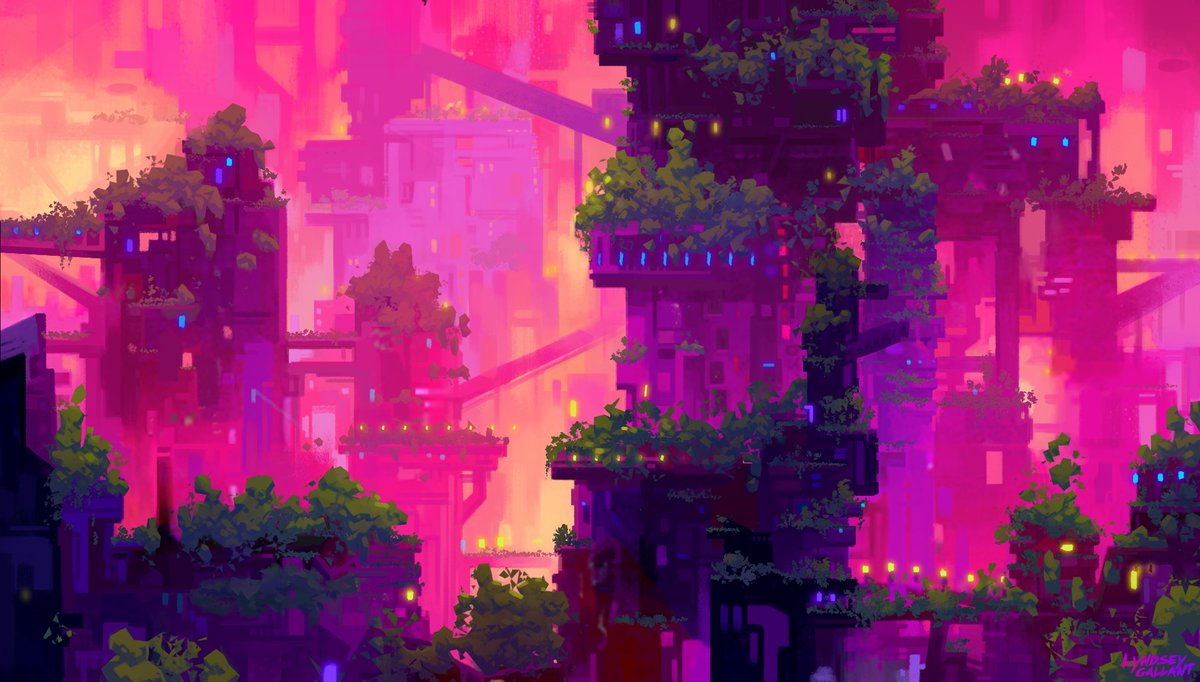I recently posted how & #39;Concept Art& #39; is often actually key Marketing Art, & how a majority of true Concept Art work is visual problem solving & communication; not making polished pictures.
Here are examples of my own "functional" concept art, for those who wanna learn! (Thread)
Here are examples of my own "functional" concept art, for those who wanna learn! (Thread)
As you can see from the first image & these: NOTES!
You have to think about how other people (level designers, 3D artists, lighting artists, game designers, etc) are going to use your work.
Your job is to help them do THEIR jobs easily, and with less miscommunication.
You have to think about how other people (level designers, 3D artists, lighting artists, game designers, etc) are going to use your work.
Your job is to help them do THEIR jobs easily, and with less miscommunication.
Part of the job is supporting Production Artists - the ppl who will make the actual in-game assets.
The best design in the world is worthless if it doesnt translate to look good in-game
Notes, reference crops, texture swatches are v useful tools that ALSO save you lots of time!
The best design in the world is worthless if it doesnt translate to look good in-game
Notes, reference crops, texture swatches are v useful tools that ALSO save you lots of time!
You also have to think about non-obvious things: how does a character move?
The design has to allow the animator to do their job well.
Help them as much as you can by designing to this, and even then, you& #39;ll have a lot of back-and-forth modifying the design to fit their needs.
The design has to allow the animator to do their job well.
Help them as much as you can by designing to this, and even then, you& #39;ll have a lot of back-and-forth modifying the design to fit their needs.
Often, the work I do as a hybrid Concept Artist + Art Director is also finding a ~*style*~ that fits for the game design. This means style iteration, and LOTS of it while talking with the Creative Director about finding a look that supports their vision.
Games with elements that are player-customizable, have procedurally-determined object placement, etc that may also require a lot of layout planning work.
Complex scenes may also need plan-view mockups to help the Environment Artist/LD recreate your concept accurately.
Complex scenes may also need plan-view mockups to help the Environment Artist/LD recreate your concept accurately.
Since so much of my Concept Art work is collaborative with 3D Production Artists, this also means a LOT of my job is drawing notes on top of their lovely 3D models.
(Lovely 3D enviro sketch by @AndreaaCW)
(I wish I could post the work I did with @Pioldes too, he& #39;s a dream https://abs.twimg.com/emoji/v2/... draggable="false" alt="🌟" title="Leuchtender Stern" aria-label="Emoji: Leuchtender Stern">)
https://abs.twimg.com/emoji/v2/... draggable="false" alt="🌟" title="Leuchtender Stern" aria-label="Emoji: Leuchtender Stern">)
(Lovely 3D enviro sketch by @AndreaaCW)
(I wish I could post the work I did with @Pioldes too, he& #39;s a dream
Many Concept Artists, especially on smaller teams (though not always! see: @Beavs), may also fulfill the role of UI Artist.
In the very least, you could be concepting a UI style that fits with the ~*look*~ of the game.
Also, UI is totally fun, I promise!
In the very least, you could be concepting a UI style that fits with the ~*look*~ of the game.
Also, UI is totally fun, I promise!
Concept Artists do a LOT of iterating: drawing tiny variations of the same design over & over again, while discussing it with the team or Art Director, slowly funneling the design down to a final.
Depending on the scope/ importance of the design this could take months. Or YEARS!
Depending on the scope/ importance of the design this could take months. Or YEARS!
I also do a lot of orthographic sketches to help make 3D Artists& #39; lives easier.
Especially on designs where proportion & scale are important, or where there are lots of complex rectilinear details, or on character turnarounds.
Especially on designs where proportion & scale are important, or where there are lots of complex rectilinear details, or on character turnarounds.
Tho many of us see impressive Concept Art as being: designing the protagonist! Designing the final boss! Designing a sword that is also a GUN -
You& #39;ll also design a lot of mundane things: Toilets, crates, dumpsters, signage, chairs, doors, light fixtures, Bepis vending machines.
You& #39;ll also design a lot of mundane things: Toilets, crates, dumpsters, signage, chairs, doors, light fixtures, Bepis vending machines.
So, I spent my Sunday afternoon putting this resource together in the sincere hope it will help aspiring Concept Artists in the pursuit of their dream career.
I learned these lessons the long and hard way, so hopefully your path can be less bumpy!
Happy designing, friends! :)
I learned these lessons the long and hard way, so hopefully your path can be less bumpy!
Happy designing, friends! :)
And maybe a final note on the elusive "dream career"...
Remember that it& #39;s a job. It& #39;s a lovely job, but a job nonetheless.
It isn& #39;t worth sacrificing your health, self confidence, relationships, or well-being for. Don& #39;t let the path to happiness destroy you. You have time. https://abs.twimg.com/emoji/v2/... draggable="false" alt="💜" title="Violettes Herz" aria-label="Emoji: Violettes Herz">
https://abs.twimg.com/emoji/v2/... draggable="false" alt="💜" title="Violettes Herz" aria-label="Emoji: Violettes Herz">
Remember that it& #39;s a job. It& #39;s a lovely job, but a job nonetheless.
It isn& #39;t worth sacrificing your health, self confidence, relationships, or well-being for. Don& #39;t let the path to happiness destroy you. You have time.
Shoutout/love to the folks I collaborated with on some of the game examples in this thread:
- Unannounced Project w/ @Zathalos & @Zerdex @RagebornStudio
- @FightMighty w/ @JulianSpillane & co
- The Big Con w/ @MightyYell @blankdave
Ty for being cool with me posting previs stuff!
- Unannounced Project w/ @Zathalos & @Zerdex @RagebornStudio
- @FightMighty w/ @JulianSpillane & co
- The Big Con w/ @MightyYell @blankdave
Ty for being cool with me posting previs stuff!

 Read on Twitter
Read on Twitter
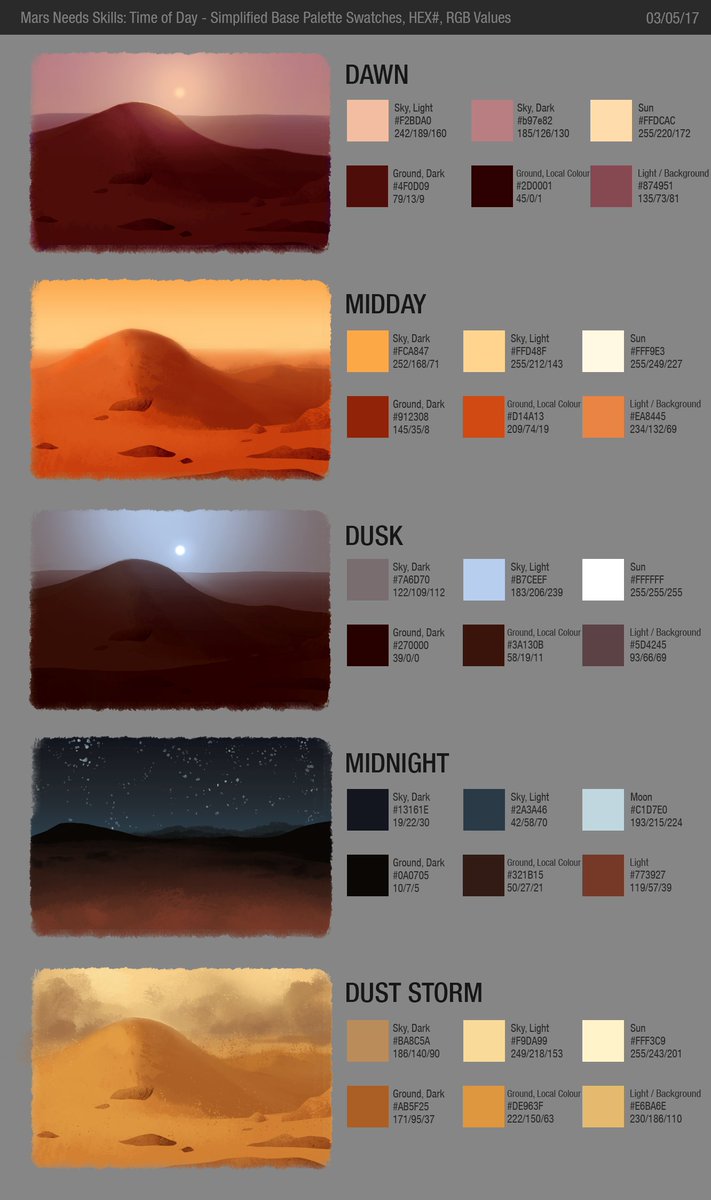
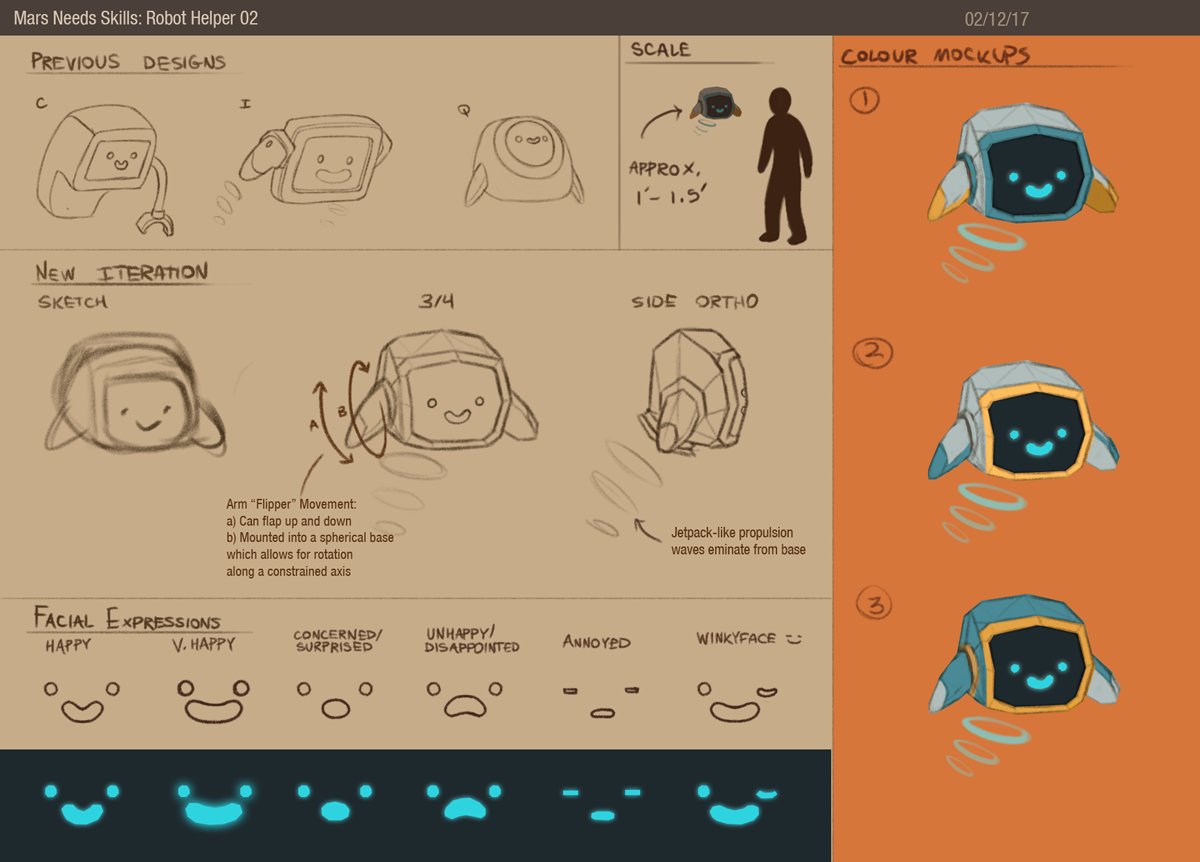
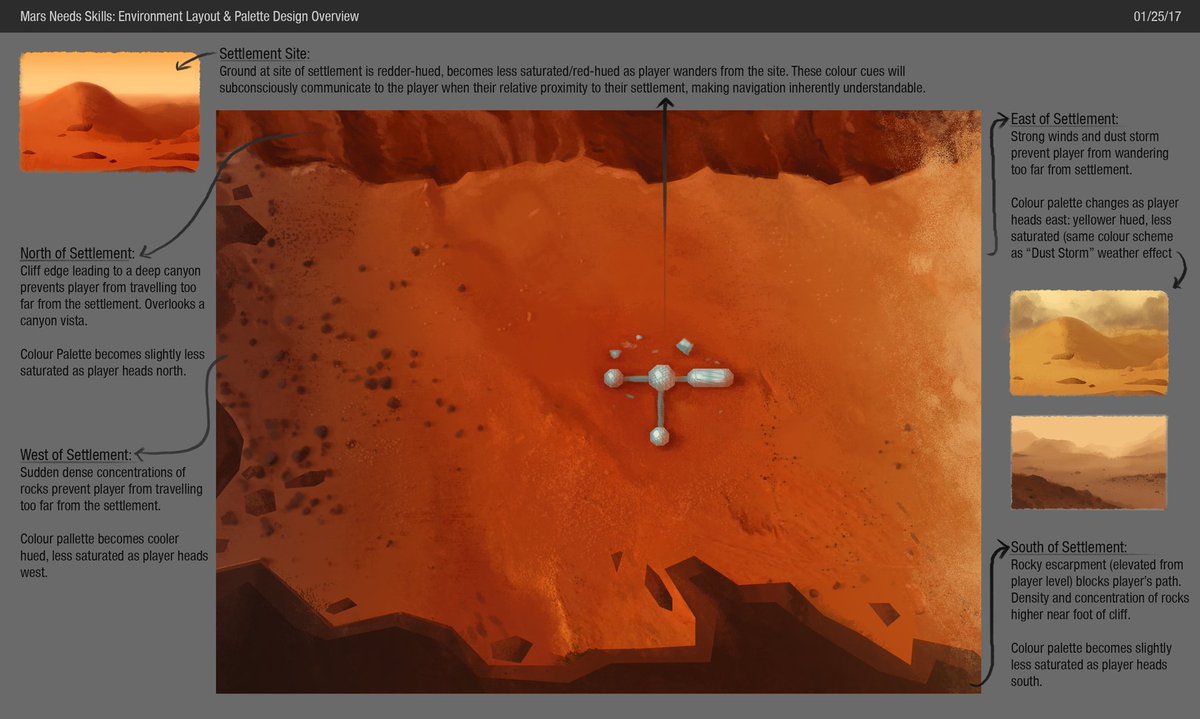
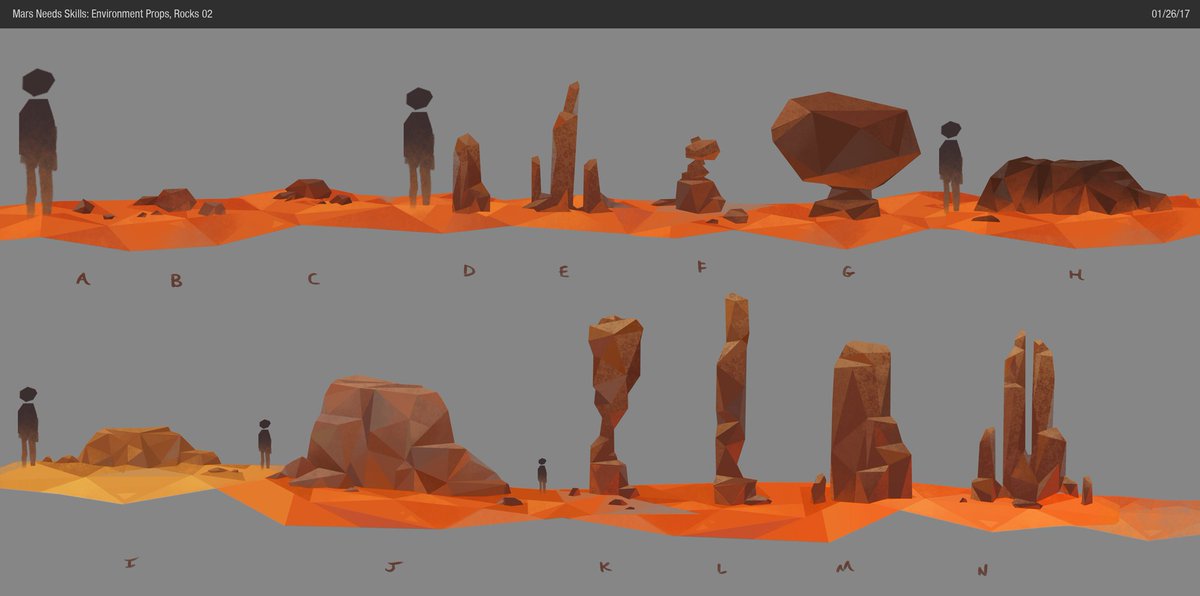
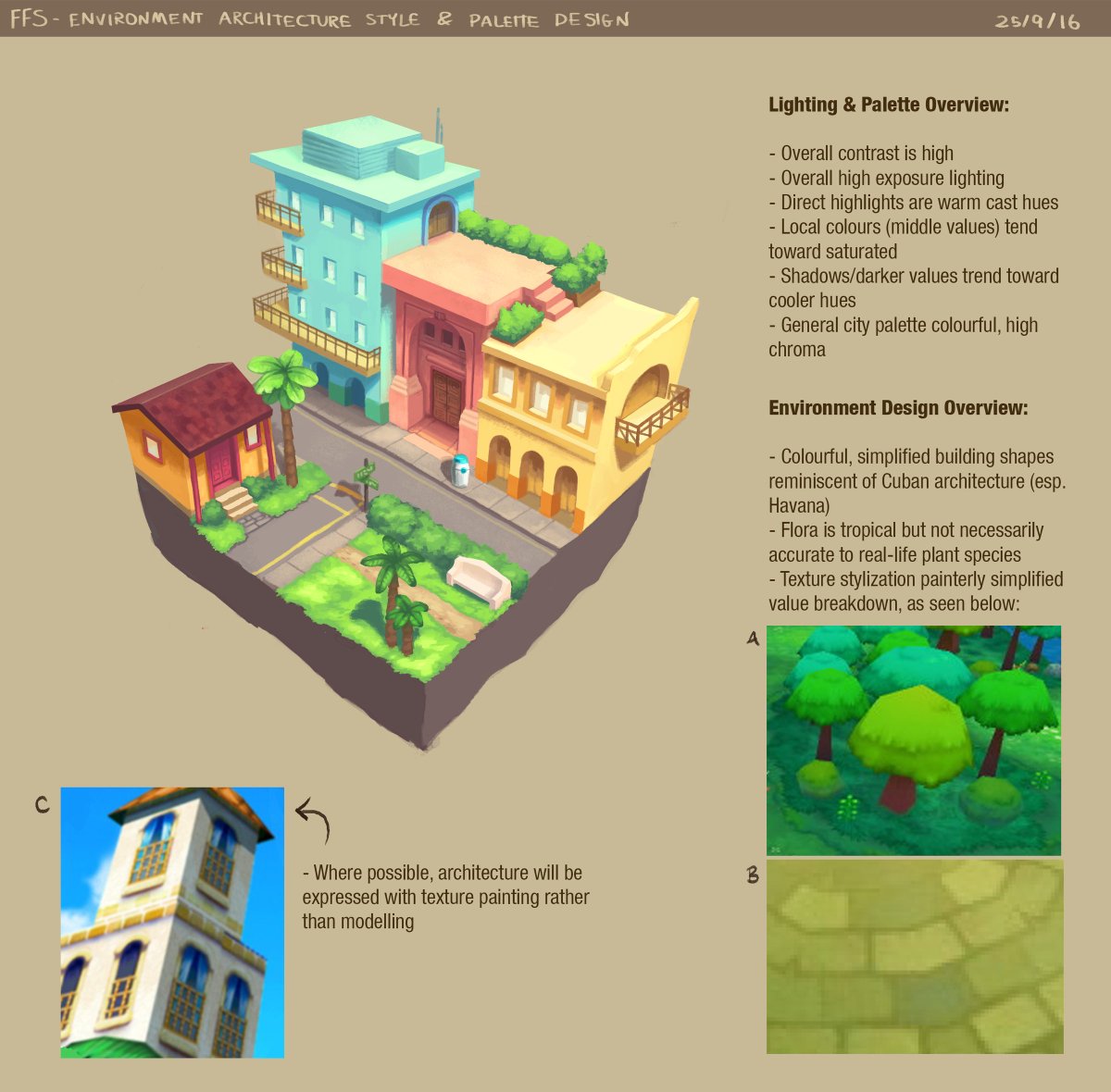
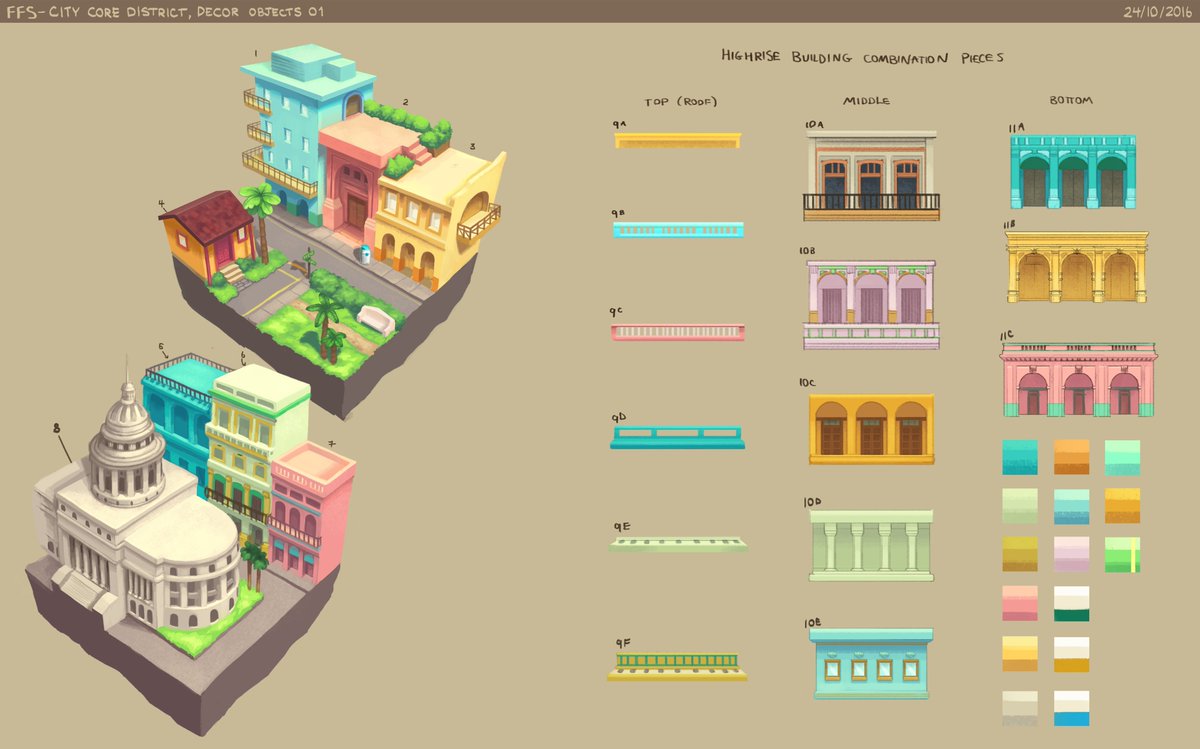
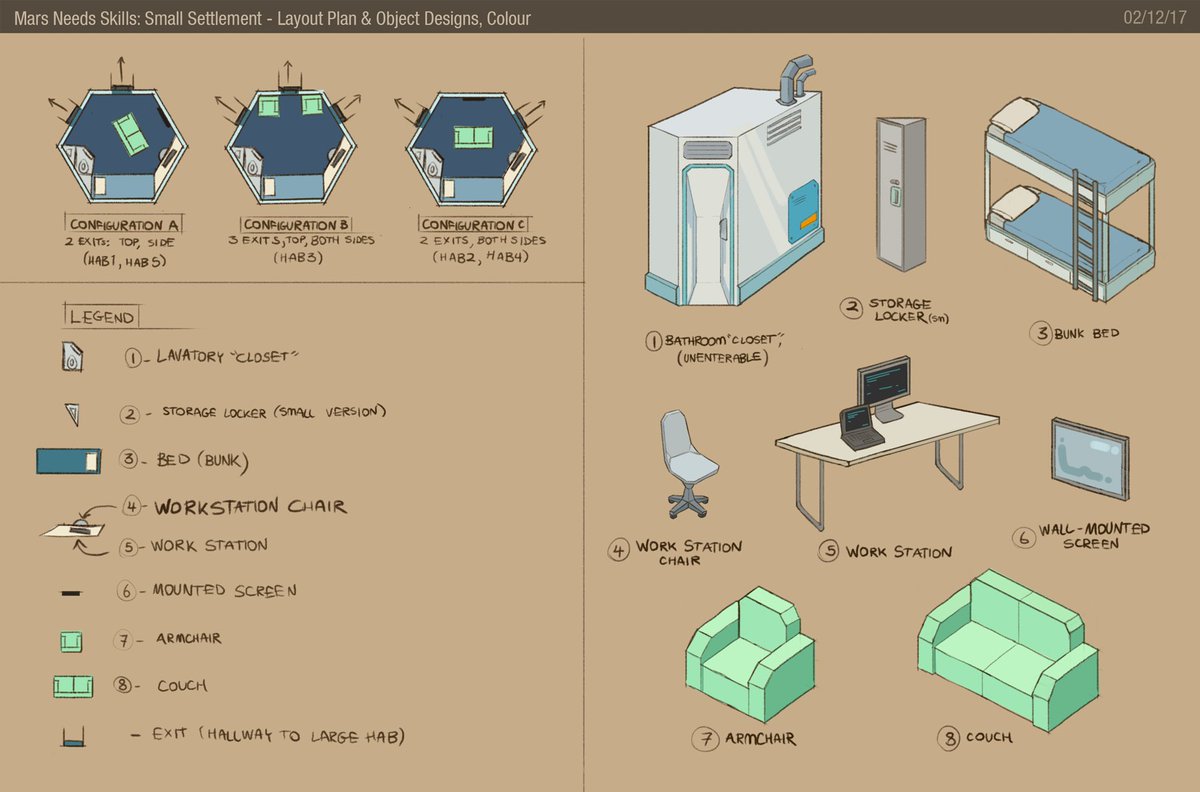

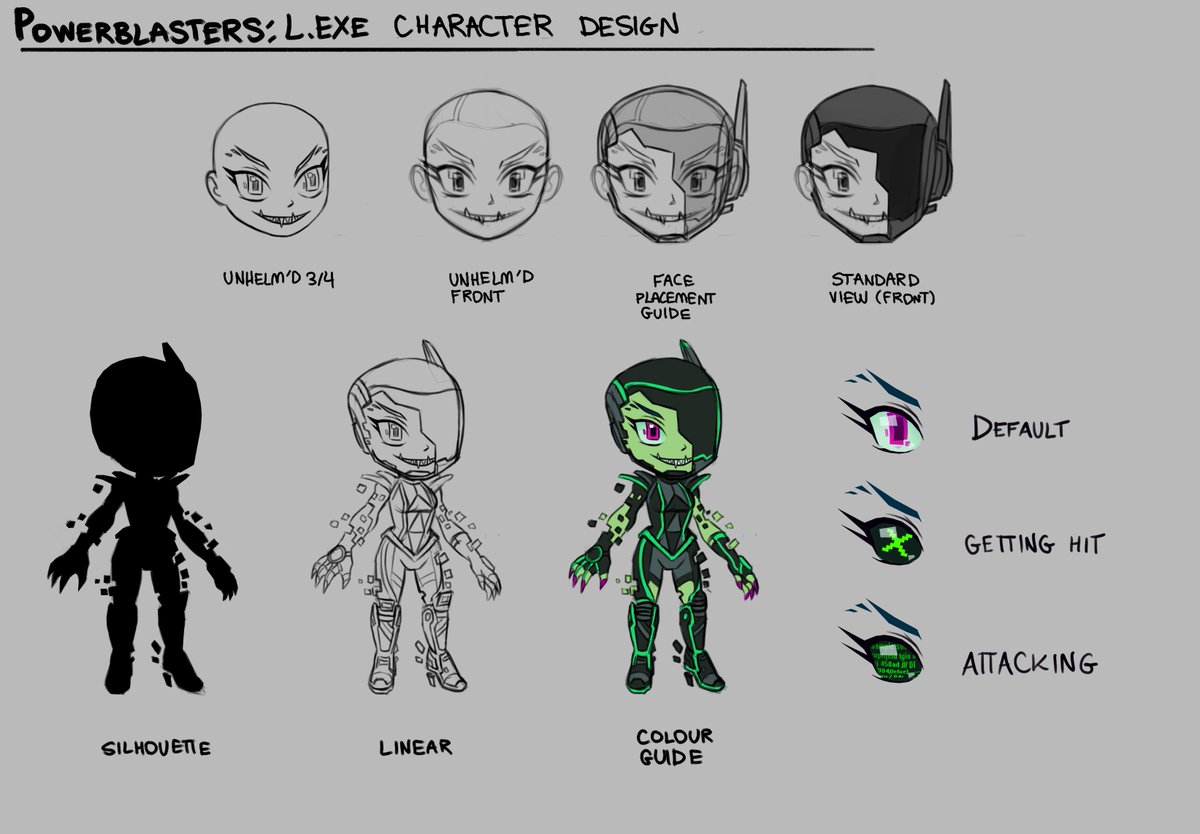
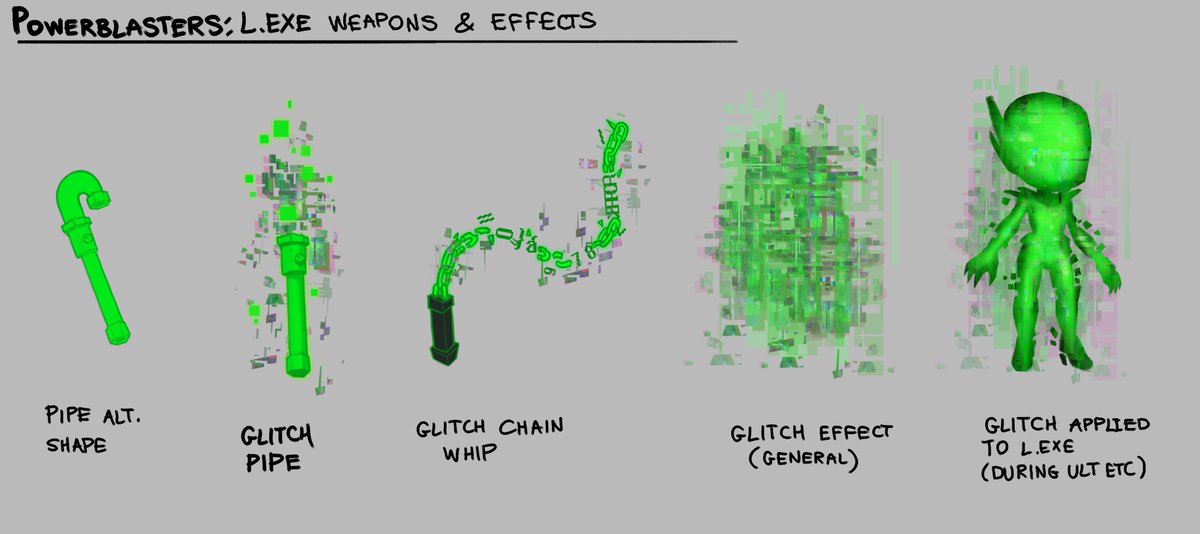
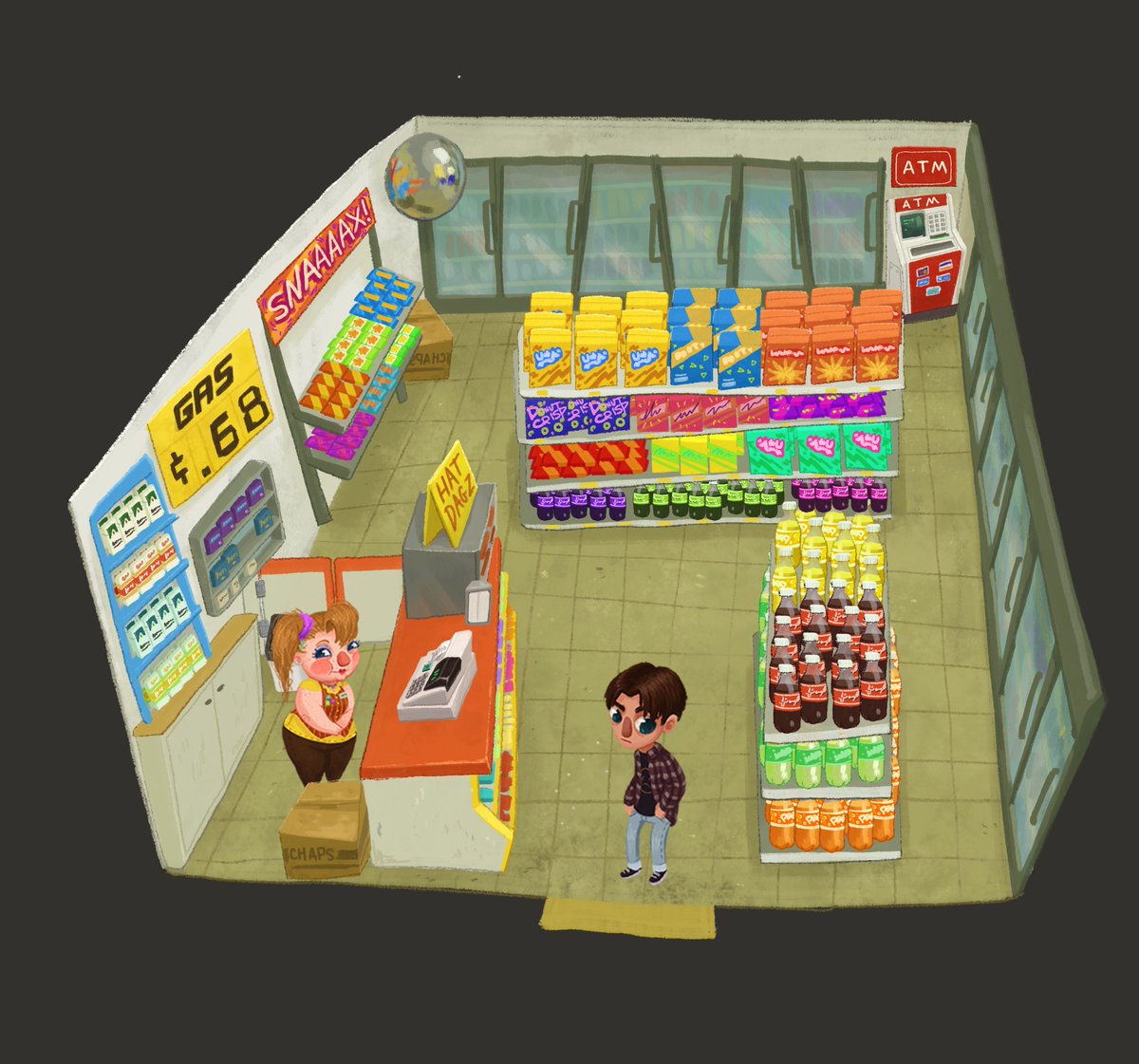
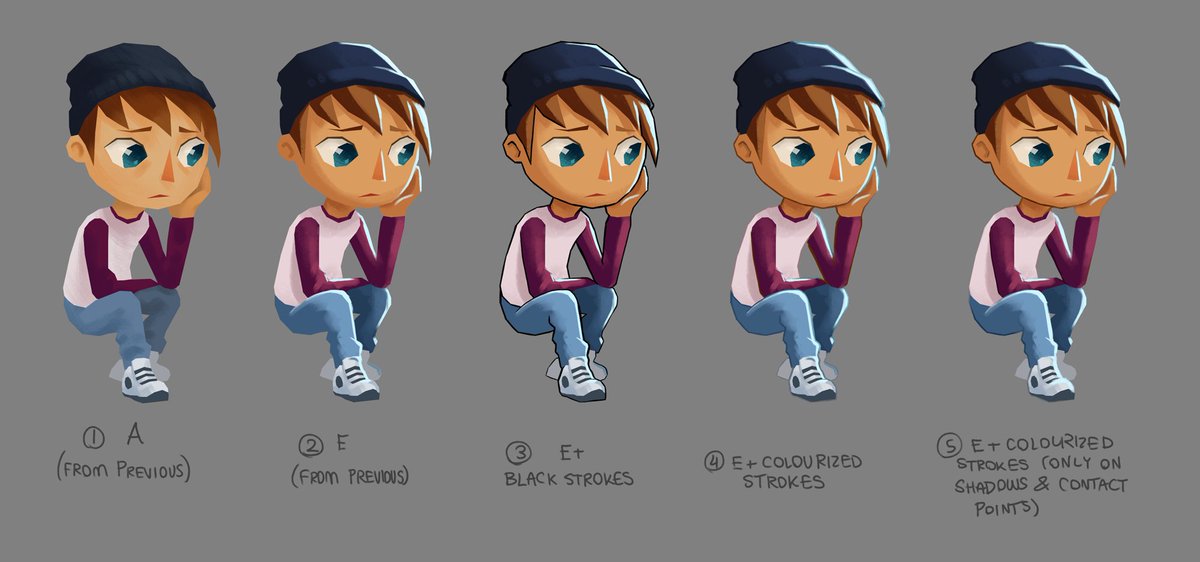
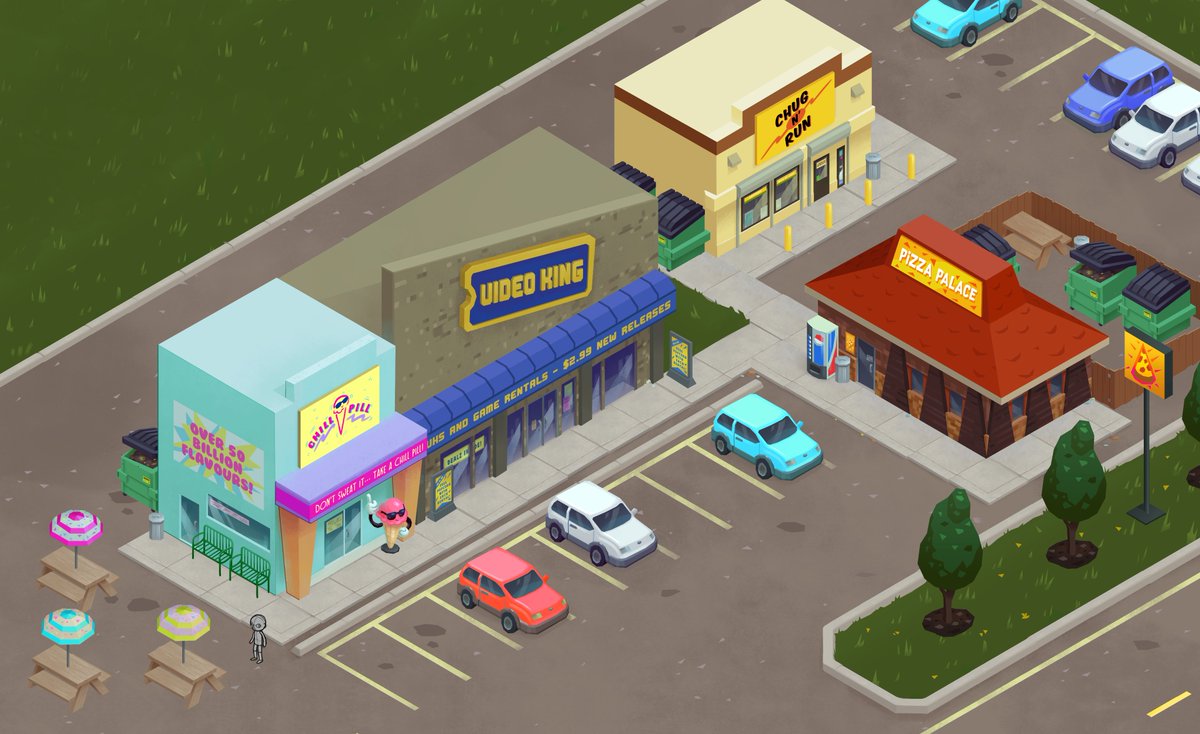
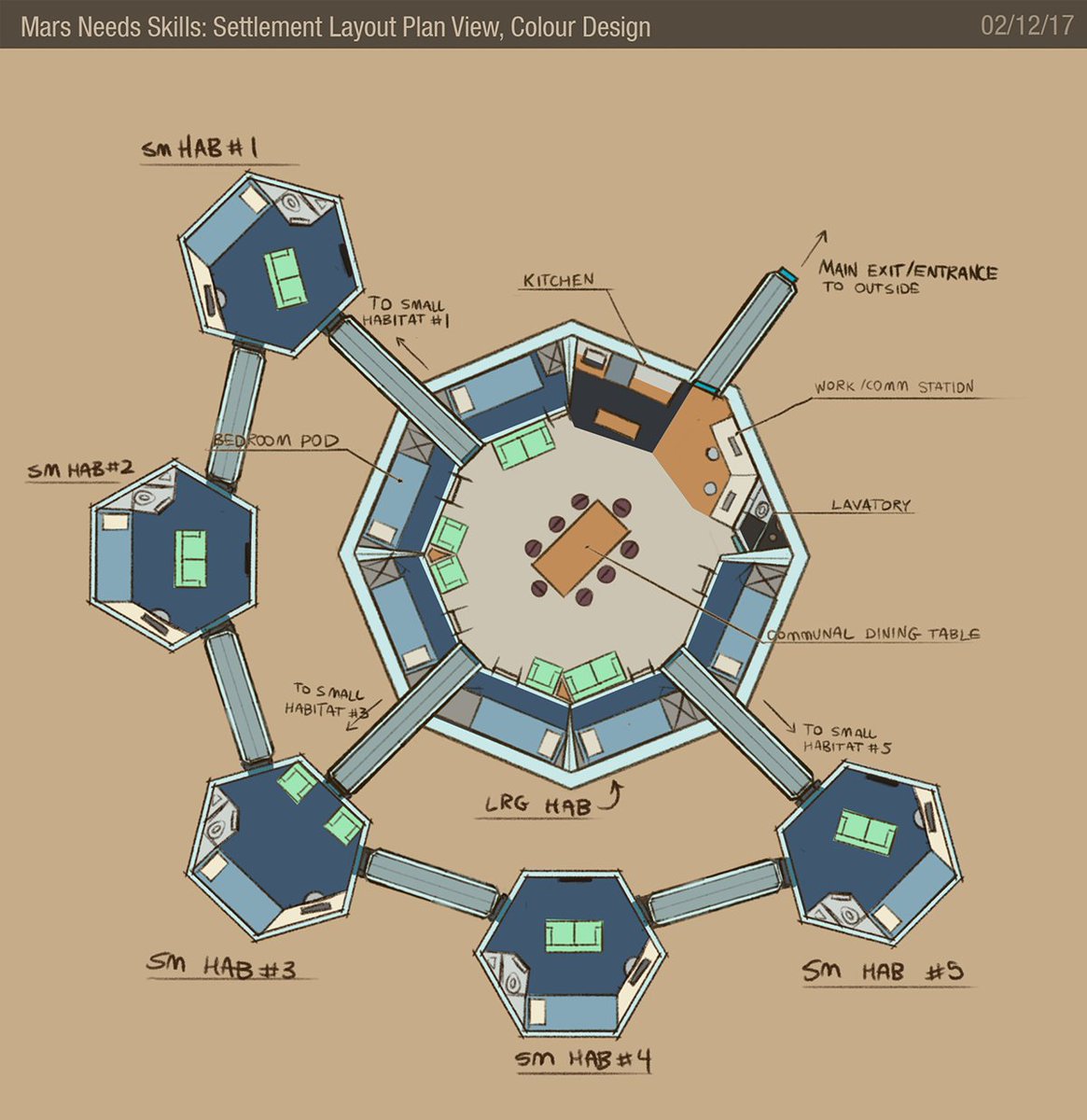
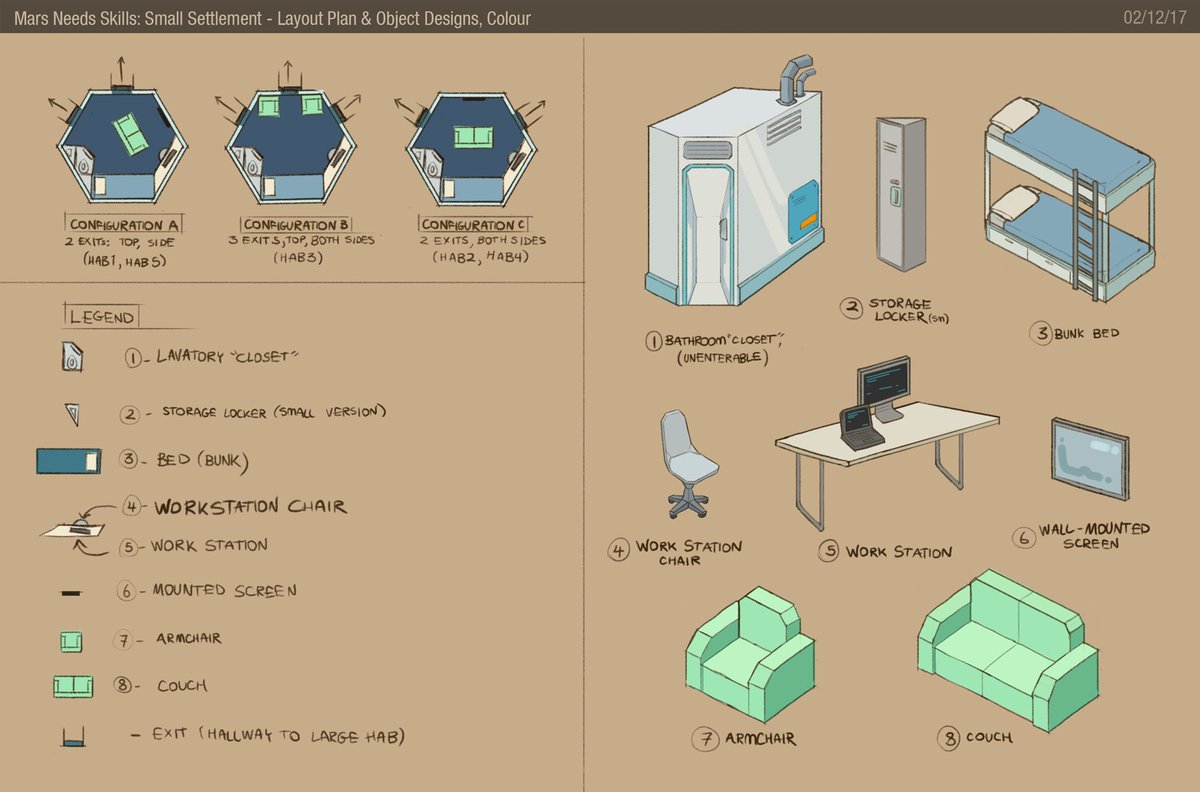

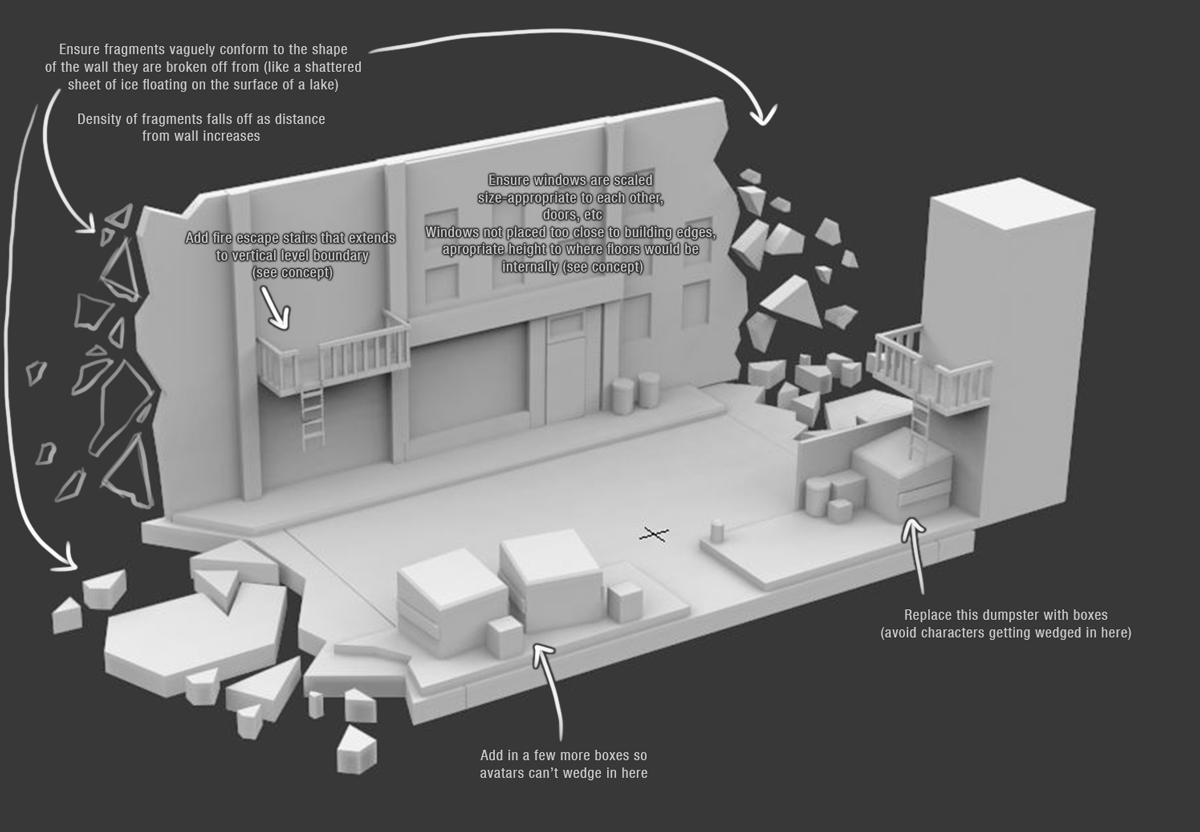 )" title="Since so much of my Concept Art work is collaborative with 3D Production Artists, this also means a LOT of my job is drawing notes on top of their lovely 3D models.(Lovely 3D enviro sketch by @AndreaaCW)(I wish I could post the work I did with @Pioldes too, he& #39;s a dreamhttps://abs.twimg.com/emoji/v2/... draggable="false" alt="🌟" title="Leuchtender Stern" aria-label="Emoji: Leuchtender Stern">)">
)" title="Since so much of my Concept Art work is collaborative with 3D Production Artists, this also means a LOT of my job is drawing notes on top of their lovely 3D models.(Lovely 3D enviro sketch by @AndreaaCW)(I wish I could post the work I did with @Pioldes too, he& #39;s a dreamhttps://abs.twimg.com/emoji/v2/... draggable="false" alt="🌟" title="Leuchtender Stern" aria-label="Emoji: Leuchtender Stern">)">
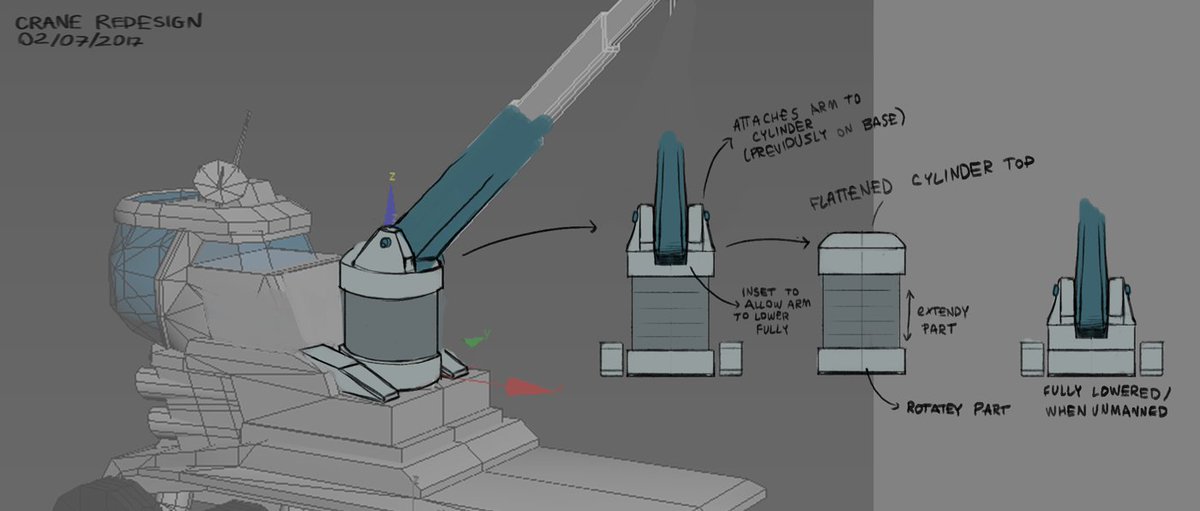 )" title="Since so much of my Concept Art work is collaborative with 3D Production Artists, this also means a LOT of my job is drawing notes on top of their lovely 3D models.(Lovely 3D enviro sketch by @AndreaaCW)(I wish I could post the work I did with @Pioldes too, he& #39;s a dreamhttps://abs.twimg.com/emoji/v2/... draggable="false" alt="🌟" title="Leuchtender Stern" aria-label="Emoji: Leuchtender Stern">)">
)" title="Since so much of my Concept Art work is collaborative with 3D Production Artists, this also means a LOT of my job is drawing notes on top of their lovely 3D models.(Lovely 3D enviro sketch by @AndreaaCW)(I wish I could post the work I did with @Pioldes too, he& #39;s a dreamhttps://abs.twimg.com/emoji/v2/... draggable="false" alt="🌟" title="Leuchtender Stern" aria-label="Emoji: Leuchtender Stern">)">
 )" title="Since so much of my Concept Art work is collaborative with 3D Production Artists, this also means a LOT of my job is drawing notes on top of their lovely 3D models.(Lovely 3D enviro sketch by @AndreaaCW)(I wish I could post the work I did with @Pioldes too, he& #39;s a dreamhttps://abs.twimg.com/emoji/v2/... draggable="false" alt="🌟" title="Leuchtender Stern" aria-label="Emoji: Leuchtender Stern">)">
)" title="Since so much of my Concept Art work is collaborative with 3D Production Artists, this also means a LOT of my job is drawing notes on top of their lovely 3D models.(Lovely 3D enviro sketch by @AndreaaCW)(I wish I could post the work I did with @Pioldes too, he& #39;s a dreamhttps://abs.twimg.com/emoji/v2/... draggable="false" alt="🌟" title="Leuchtender Stern" aria-label="Emoji: Leuchtender Stern">)">
